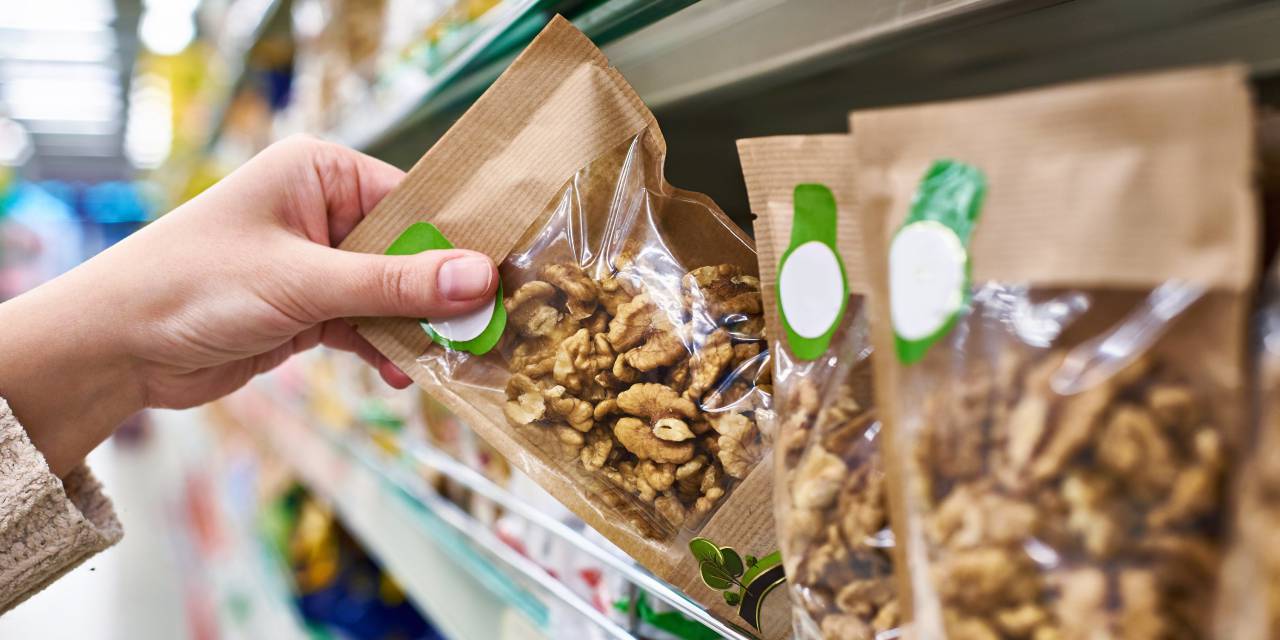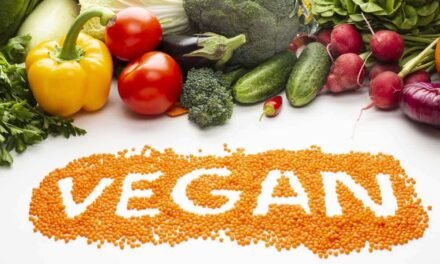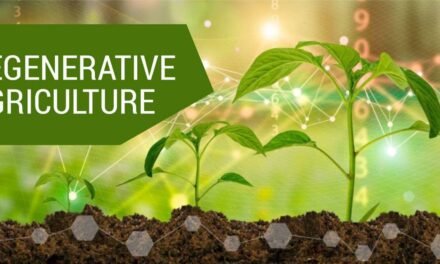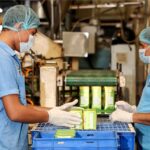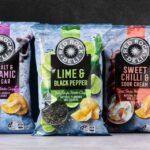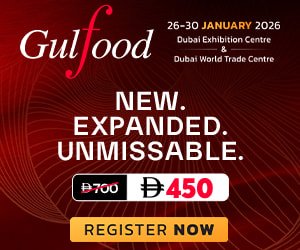India’s food packaging industry is rapidly transforming, driven by shifting consumer preferences, a growing focus on sustainability, and technological advancements. Saleem A Taqvi explores the latest trends, materials, growth factors, and challenges shaping India’s booming food packaging market, with a focus on glass, plastic, paper, and metal solutions.
We face a significant challenge in ensuring that the world’s steadily expanding population has enough food to eat. Food consumption, nutrition, and food security are all issues that need to be addressed. Our actions have an impact on the natural world. Sustainable living boils down to striking a balance between economic development and growth, on the one hand, and the need to preserve and enhance our natural environment for future generations, on the other.
For a comprehensive look at reusable, biodegradable, and recyclable packaging innovations, see “Rise Of Sustainable Food Packaging For A Greener Future”
India’s food packaging market is valued at approximately USD 41.85 billion in 2024 and is projected to grow at a CAGR of 7.3% from 2024 to 2029. This gwoth is fueled by rising consumer awareness about food safety, increasing demand for sustainable and biodegradable packaging, and the rapid growth of e-commerce and food delivery platforms. As a result, the demand for high-quality, eco-friendly packaged foods and beverages continues to surge in India.
In India, the food and beverage packaging sectors are the primary drivers of the food packaging market’s growth. Rising investment in the food processing industry is opening new possibilities for smart food packaging that helps reduce agricultural produce waste. Factors such as the growing middle-class spending power, expansion of organised retail, and increasing exports contribute significantly to the market’s expansion. There is an urgent need for standard packaging solutions that extend product shelf life, maintain output, ensure quality, and meet food safety standards. For more, explore “Opportunities in India’s Packaging Sector“
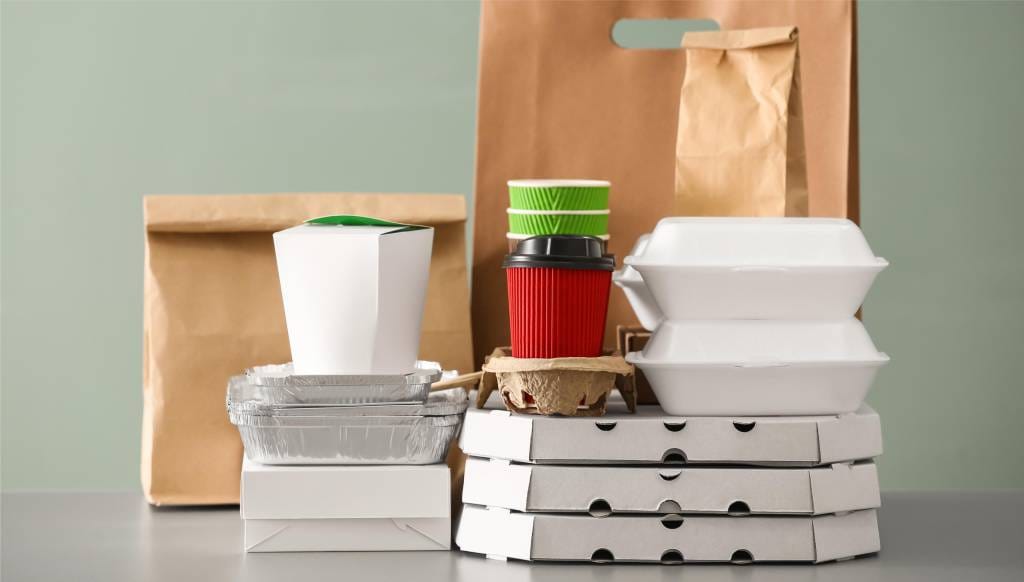
Packaging Materials Used for Food Packaging
Paper: As of 2019, the paper and paper-based packaging segment constituted 31.9 per cent of the overall food packaging market revenue. Increasing environmental awareness is shifting preference toward biodegradable packaging solutions, with paper replacing non-biodegradable materials. Improvements in design, printability, and sustainability have made paper packaging a viable alternative to plastic and metal.
Plastics: Due to their low cost and versatility, plastic food packaging is predicted to continue growing. As secondary packaging increasingly incorporates plastic films, the market will likely benefit. This demand is further driven by plastic’s superior sealing capacity and moisture resistance, making it perfact for processed food packaging.
Metal Cans: Common in packaging canned food, meat, and fruits, metal cans are gaining popularity due to their tamper-proof, long-term storage capabilities and ability to preserve nutritional value. Innovation in metal packaging technology and design is projected to fuel further growth in this segment.
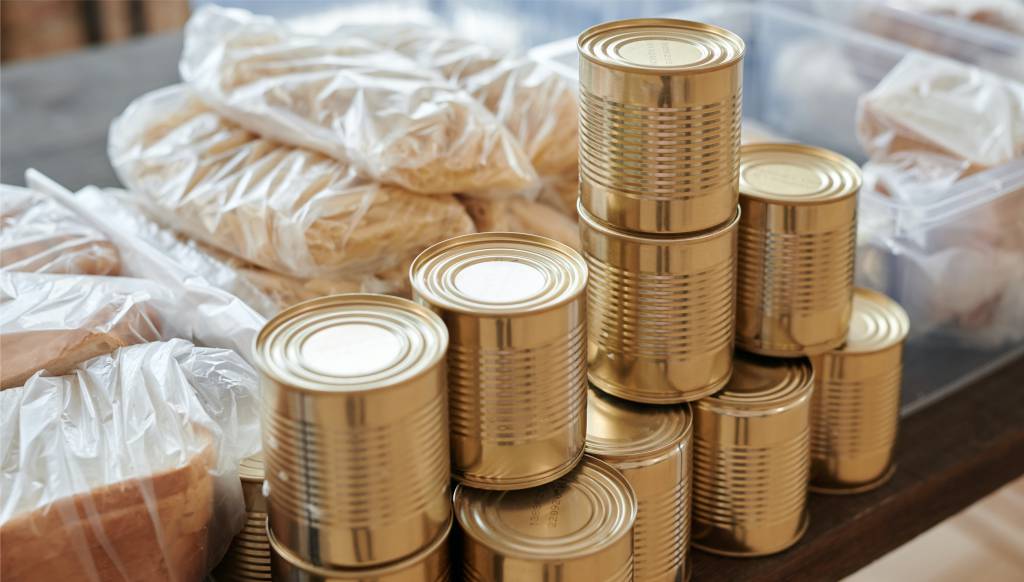
Glass: The value of glass packaging for food and beverages is expected to reach USD 43.5 billion by 2027. Non-corrosive, chemical-inert, and non-permeable properties of glass make it ideal for direct food contact. It is widely used for packaging coffee, spices, dry mixes, infant meals, dairy products, spreads, syrups, and processed fruits and vegetables. Beverages such as wine, spirits, liqueurs, soft drinks, and mineral water are commonly sold in glass bottles. Glass food packaging currently holds a 15 per cent market share.
Rise of Online Food Delivery & Eco-Friendly Packaging
The rise of online food delivery platforms such as Zomato, Swiggy, and Blinkit has contributed to the rise in packaged food consumption. It is reported that these platforms are now experimenting with glass packaging as a sustainable and safe solution to increase their market share while reducing environmental impact. Explore “Impact of Online Food Delivery on India’s Packaging Sector“.
During the COVID-19 pandemic, global demand for recyclable packaging, especially glass packaging for food, beverage, and pharmaceutical products. The trend highlighted the importance of safe, sustainable packaging across sectors, including food, beverages, and pharma. Explore “Impact of Online Food Delivery on India’s Packaging Sector
Combating Food Counterfeiting through Smart Packaging
Food counterfeiting costs the industry billions every year. Packaging plays a vital role in preventing counterfeiting. The integration of anti-counterfeiting technologies, such as barcodes and RFID tags, enables food traceability throughout the supply chain, helping brands ensure authenticity and safety. Smart packaging solutions that incorporate these techniques are becoming increasingly important in today’s market. For more, see “Smart Packaging: The Next Frontier in Food Safety“
Key Industry Challenge: Raw Material Price Volatility
Volatility in raw material prices is a major challenge. Materials such as glass, metal, plastic, and paper experience frequent fluctuations, impacting the cost and availability of food packaging solutions. For example, food packaging cartons made from recycled or virgin fibres are subject to pricing variations. For example, soda ash and sand prices influence glass manufacturing, while recycled fibre prices affect carton production. These changes strain margins and often raise end-user costs.
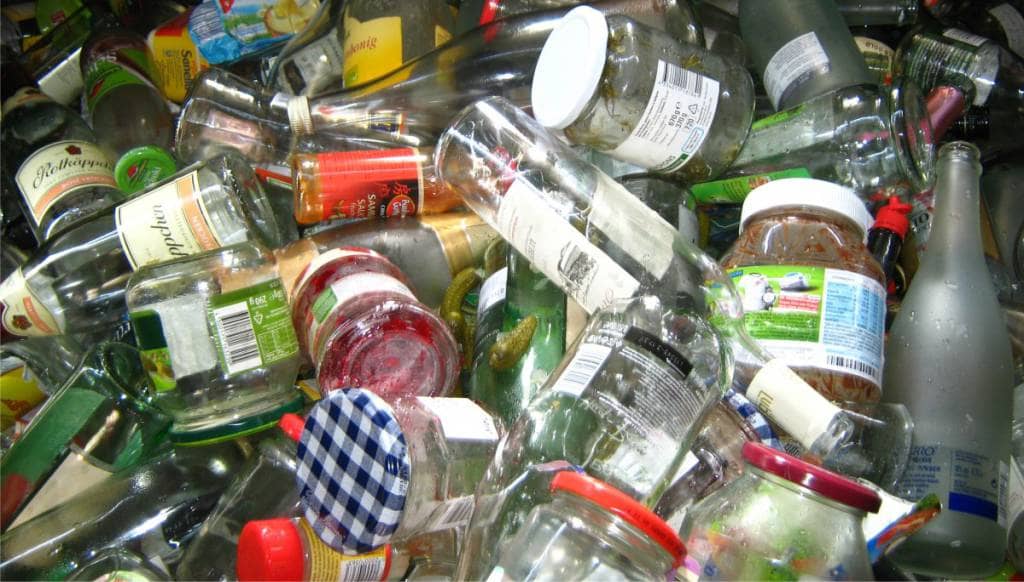
Glass Packaging: A Model for Sustainability
Glass packaging is particularly sustainable, as it is made from natural materials like sand and cullets (glass waste). It is 100% recyclable and can be reused in a closed-loop system. On average, glass bottles are recycled at a rate of 50-80%. This not only conserves raw materials but also lowers energy consumption during the melting process, as cullet melts at lower temperatures than virgin materials.
Partnering with glass manufacturers allows food producers to reduce their environmental footprint while maintaining high product safety and shelf life.
Reducing Food Waste through Better Packaging
Nearly one-third of all food produced globally, around 1.3 billion tonnes, is wasted each year. Much of this can be prevented through effective food preservation techniques, including sustainable and smart food packaging. However, traditional plastic and foil packaging contribute significantly to non-biodegradable waste. By shifting toward eco-friendly, biodegradable, and reusable packaging solutions, especially glass and paper-based materials, the industry can significantly reduce its environmental impact while preserving food quality.
Food packaging market in India: FAQs
India’s food packaging market is growing due to rising demand for processed and packaged foods, online food delivery services, organised retail growth, and increased consumer awareness about food safety and sustainability.
Common food packaging materials include paper, plastic, metal cans, and glass. Each material offers unique benefits such as biodegradability, cost-effectiveness, shelf-life extension, and recyclability.
Glass is gaining traction due to its chemical inertness, non-permeability, and recyclability. It’s ideal for preserving food and beverages without contamination, aligning with eco-friendly packaging goals.
Sustainable packaging reduces environmental impact, promotes recyclability, and helps combat food waste. Eco-friendly solutions, such as paper and glass, are replacing plastic to support greener supply chains.
Modern packaging incorporates barcodes, RFID tags, and tamper-proof seals to enable traceability, improve supply chain transparency, and reduce food fraud.
Effective packaging extends shelf life, maintains freshness, and reduces spoilage. Smart and sustainable packaging solutions are key to minimising food wastage across the supply chain.
Major challenges include volatility in raw material prices, sustainability concerns, high production costs, and adapting to rapidly evolving technologies and consumer demands.
Have a news or topic to share with industry? Write to us editorial@pfionline.com

